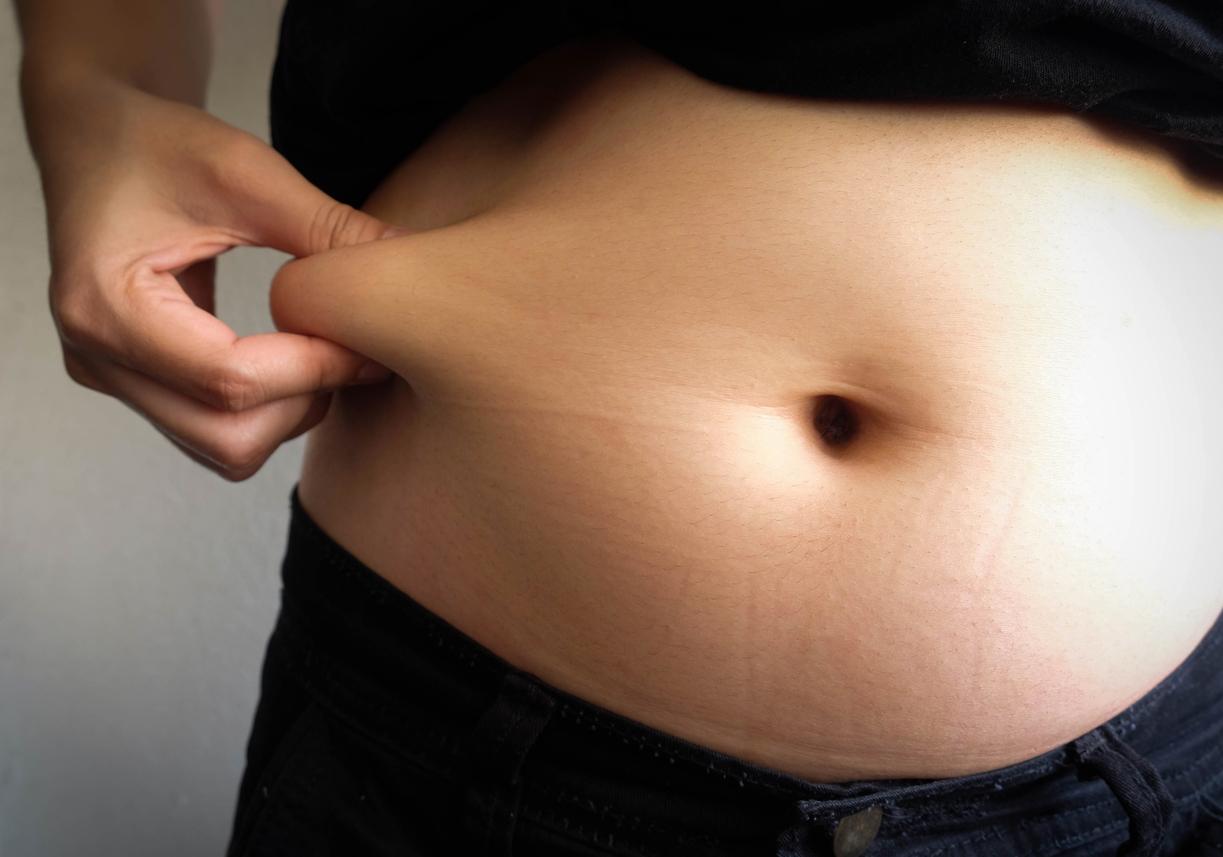A recent study conducted in Japan on two groups of walkers shows that chewing gum during exercise accelerates weight loss. Explanations.

A study conducted in Japan and recently published in the Journal of Physical Therapy Science studied the energy expenditure of 46 walkers aged 21 to 69, with or without chewing gum chewed during exercise. To demonstrate the effect of the gum, the test consisted of walking normally without straining for 15 minutes on an athletics track. Half of the participants chewed two chewing gum, and the other had ingested the ingredients of these chewing gum in the form of powder dissolved in a glass of water, to prove that the observed effects were indeed from the chewing activity.
Chewing while playing sports
As one might imagine, chewing represents an effort that results in an increased heart rate. So far, nothing surprising. In contrast, in men over 40 only, chewing naturally increased the pace of walking, thus speed and ultimately calorie expenditure. Hence the conclusion: chewing gum while walking helps men over 40 to lose weight. Great news in a world that has made weight loss a top priority!
One could smile about it, especially since the small number of participants does not give a great scientific value to the experiment. But if it can make those who are tempted by the experience want to walk vigorously, it is already a good thing. “Combine physical exercise and chewing gum could be an effective way to manage weight, ”the researchers said.
Chewing gum against the toothbrush?
Another notion that requires clarification: chewing gum makes beautiful white teeth and could replace the toothbrush … True or false? Wrong for the toothbrush. Brushing, provided it is regular and long, but also energetic, removes dental plaque, this kind of glue that sticks to the teeth, a glue filled with bacteria that will attack the enamel and dig cavities. The chewing gum is too soft to do this job. On the other hand, it cleans a little thanks to the saliva which is secreted during chewing, hence the interest of chewing, even if it is not very elegant. Saliva is rich in antibodies, it also decreases the acidity of the mouth and therefore fights against bacteria that cause cavities.
In 2013, the‘French Union for Oral Health (UFSBD) lowered its standards. It is now recommended to brush your teeth twice a day for two minutes, instead of three times a day for three minutes. Much more practical for the majority of French people who stay at their workplace for lunch. But this change is also due to the result of new studies which have shown that dental plaque takes 12 hours to form, which makes brushing at midday superfluous. The UFSBD therefore recommends chewing gum (without sugar) after the midday meal.
Does chewing gum make you fat?
The enemy of teeth is sugar, which the bacteria in the mouth feed on. And these virtues attributed to chewing gum are only valid for those containing a particular sugar, a sweetener, xylitol. A fake sugar, which provides no calories and therefore does not feed bacteria at all.
Is it dangerous to swallow chewing gum?
It is useless to run to the emergency room for fear of seeing the intestines of your cherub stick permanently. It is no worse than a bite of any food. It would be necessary to swallow very large quantities in a short time to have some concerns! One thing is certain, once swallowed, you should not try to bring it back up. It is even a dangerous maneuver.
Chewing gum is not digested because it is completely indigestible. It is made from mixtures of elastomers which make it elastic and waxes which allow it to soften and prevent it from sticking too much. Minerals are added to improve its mechanical properties, an antioxidant to preserve it and the whole is assembled and made malleable by resins. So nothing to digest in all of this and no risk of a traffic jam! It’s like in the mouth, it sticks a bit to the teeth, but not to the cheeks or the tongue. Swallowed and well drowned in the digestive liquid, it rejoins the food bolus in which it is integrated, and with the contractions of the intestine, it ends up at the end of the race with the other wastes. We can guess the rest.
Chewing gum after an operation
According to an Austrian study carried out in 2013 and published in Obstetrics and Gynecology, chewing gum can speed up the return to normal bowel function after laparoscopic surgery. Several studies had already shown that chewing gum after an abdominal operation such as a cesarean section, a liver resection or a colorectal operation stimulates the motility of the intestine. But Heinrich Husslein and his colleagues at the Klagenfurt am Woethersee clinic in Vienna wanted to know whether it was also of clinical interest to chew gum in patients who had undergone minimally invasive surgery that did not involve the bowel. The result was positive.
.

















